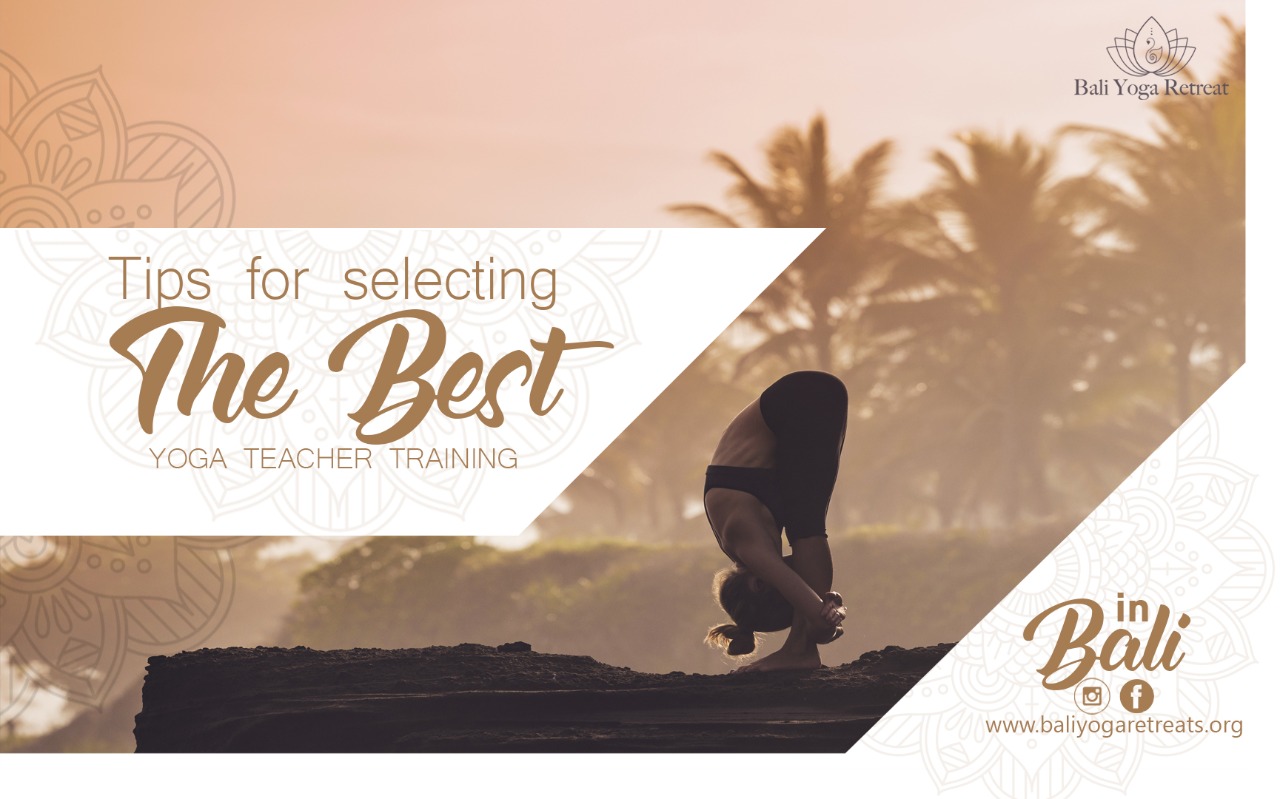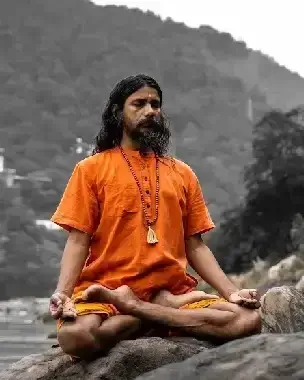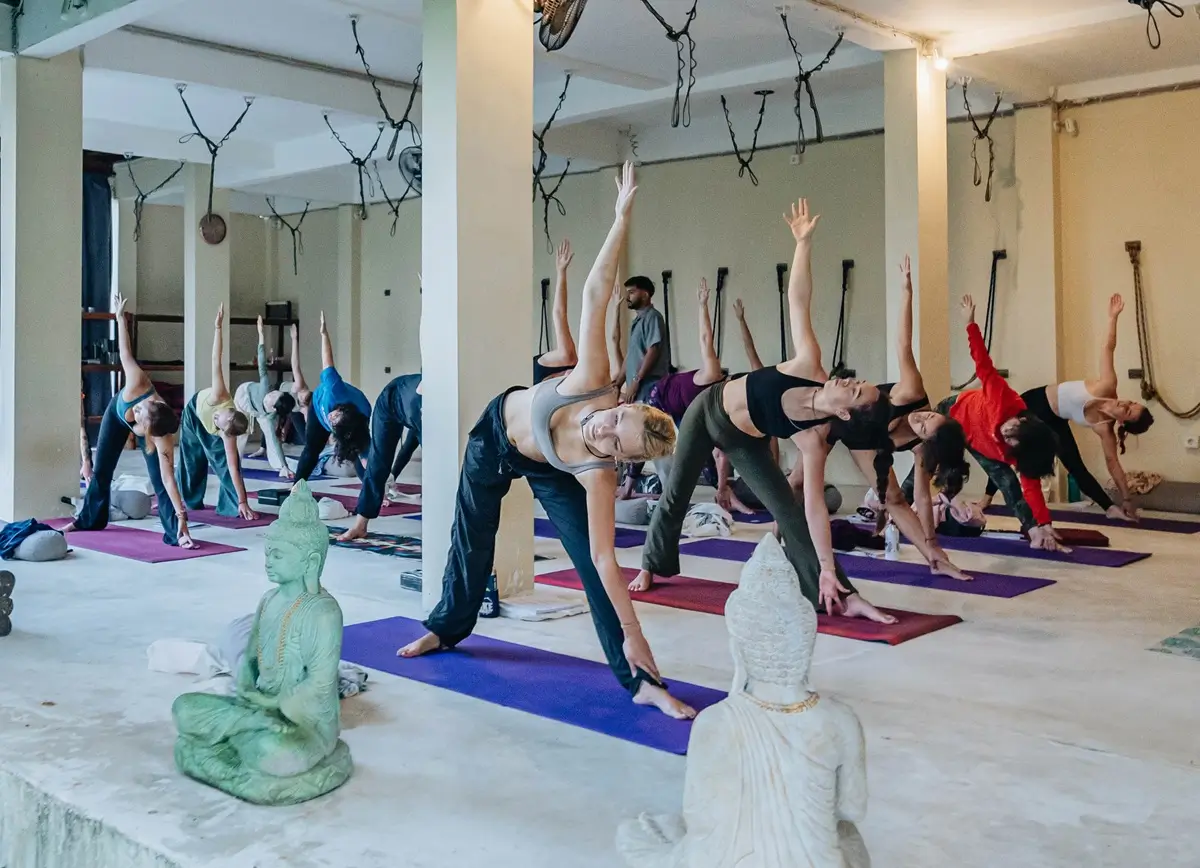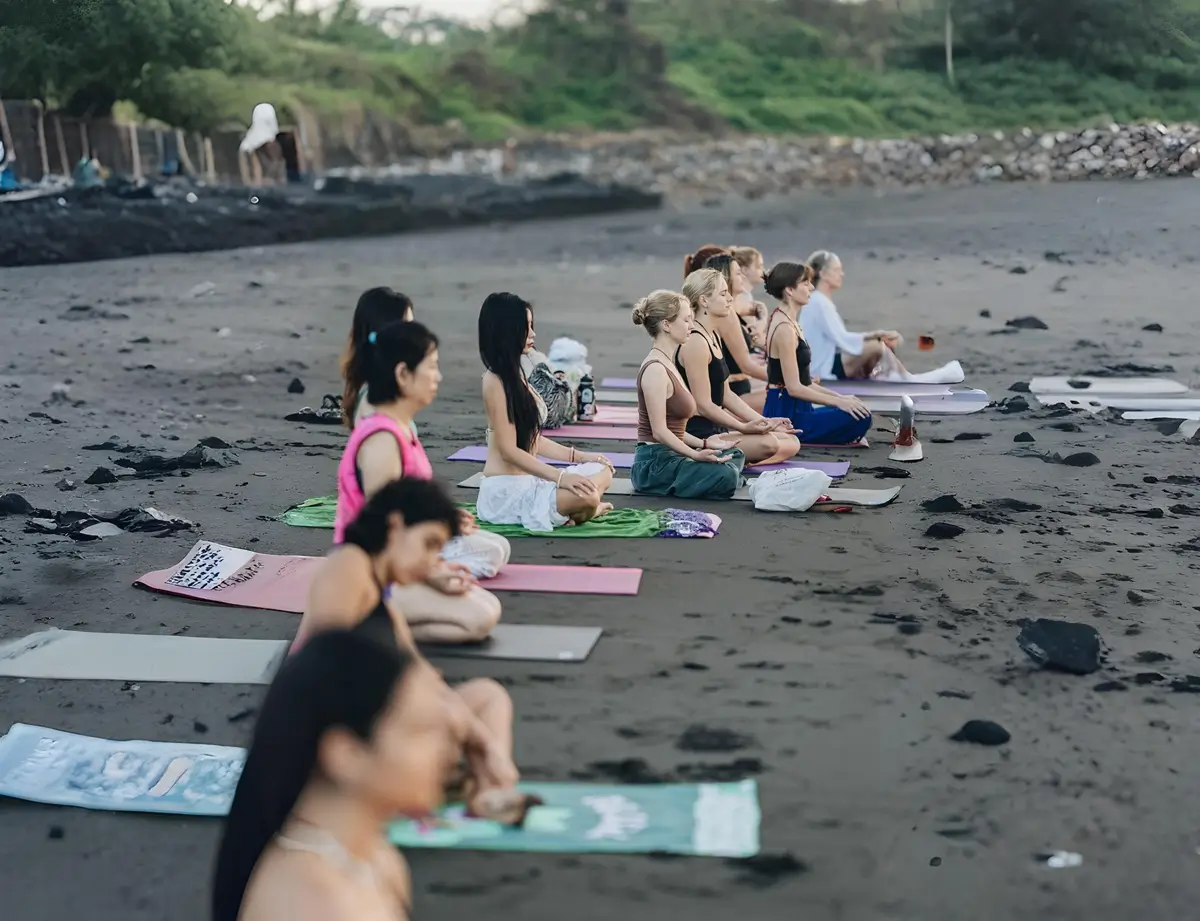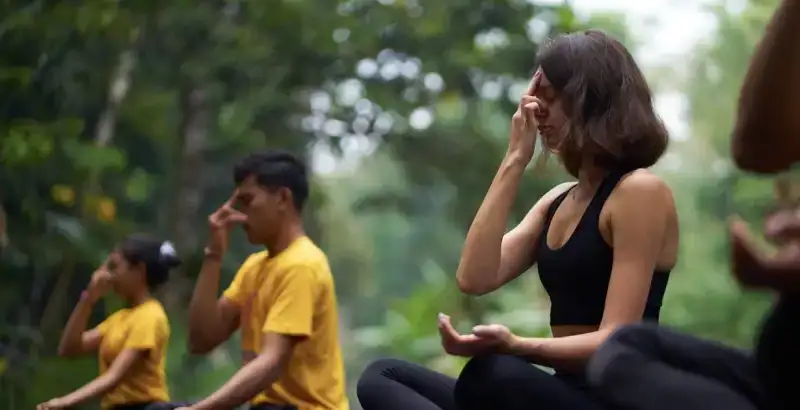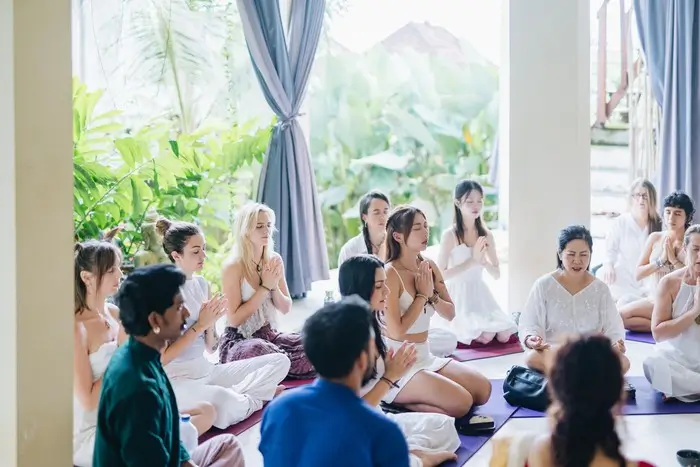Bali, known as the “Island of the Gods,” attracts people from every part of the world. Its stunning beaches, rich culture, and breathtaking landscapes draw visitors in. It provides you a chance to grow your yoga skills, find yourself, and even become a certified instructor. Picking the right yoga teacher training school (YTT) in Bali can be tough,as there are many schools which claim themselves to be the best. This guide aims to help you understand what’s important to think about before you sign up for a yoga school in Bali.
1. Define Your Yoga Goals
Before you begin looking for a yoga teacher training program, you should understand your motivation for taking it. Setting your goals at the start is key it helps you pick the right course and school to meet your needs. This approach will save you time, energy, and money, allowing you to focus on the other steps. Your goals about these things should be clear
- Do I want to enhance my personal yoga practice?
- Am I aiming to become a certified yoga instructor?
- Which method of yoga do I prefer to practice: Hatha, Vinyasa, Ashtanga, Yin, or Kundalini?
- Do I wish for a physically intensive program or something more spiritual and mindful?
If you are just starting, a 200 hour yoga teacher training in Bali is usually the best option. For advanced learners, schools also offer 300 hour yoga teacher training in Bali or even a 500 hour yoga teacher training in Bali for complete mastery.
2. Verify Accreditation
Accreditation is very important when choosing a yoga teacher training program. Look for schools that are registered with Yoga Alliance USA. Accreditation here means:
- The teaching of the course adheres to international standards.
- You will get a certificate that is accepted all over the world.
- You will be taught by professional, experienced teachers.
- Also, completing a Yoga course from a registered yoga alliance school will allow you to teach anywhere in the world. It’s a great career opportunity.
3. Research the Teachers
The Quality of your teacher training depends on the teachers who are assigned to you. Make sure you research about the teacher’s experience, training background, and teaching philosophy. Good teachers are not just skilled practitioners; they are mentors who:
- Provide personalised guidance.
- Offer constructive feedback.
- Inspire and motivate students to grow.
Look for teachers who have more than 5 years of teaching experience and a deep understanding of yoga philosophy, anatomy, and alignment.
4. Check Reviews and Testimonials
Always check for Reviews on platforms like Google My Business, Trustpilot and TripAdvisor, and other local platforms of your country. This will give you clarity about the real-time user experience who have been there in the past.
- The teaching quality
- Accommodation and food
- Support from staff
- Overall environment
Testimonials are the positive proof that a school is being well-managed and is truly a supportive and nurturing place of learning for all students. You could also reach out to graduates of the program on LinkedIn, Instagram to get to know more about it
5. Consider Location and Environment
Bali has many options for yoga teacher training, from peaceful beach retreats to quiet jungle spots. This is a perfect type of place where you will feel relaxed and focused.
- Beach locations offer relaxation, sunsets, and ocean views.
- Jungle or rice-field retreats offer peace, quiet, and immersion in nature.
- Urban areas may provide easier access to shops, cafes, and transport.
Choosing the right environment can enhance your learning experience and personal growth.
6. Review the Curriculum
Always make sure you review the school’s curriculum and check if it matches the Yoga Alliance Certification syllabus or not.
What should a good Yoga teacher training program include?
- Yoga philosophy: Learn the history, principles, and ethics of yoga.
- Anatomy and physiology: Understand how the body works to teach safely.
- Teaching methodology: Learn how to structure classes and communicate effectively.
- Practical teaching experience: Gain hands-on practice in teaching students.
Some also provide meditation, pranayama (breath work), Ayurveda and mindfulness or self-development seminars. And the course that best meets your needs.
7. Understand the Schedule and Duration
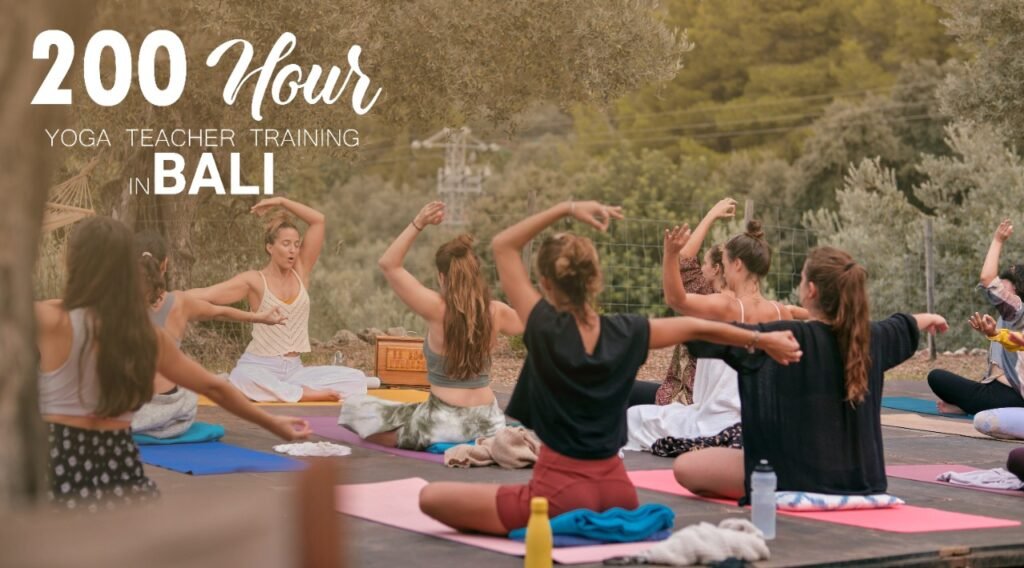
It is very important to know the training program duration and schedule, as by knowing that you can prepare yourself in advance. This will give you an idea of how many days you need to pack your items if you are shifting to another city or country for the program, as teacher training programs have a long duration, usually 20-30 days, depending on the type of teacher training course you choose.
- 200-hour courses: Usually last 3-4 weeks and cover the basics.
- 300-hour courses: Longer programs for advanced teaching skills.
- Flexible programs: Some schools offer part-time or modular training.
Check the daily schedule to see if it suits your energy levels. Intensive courses are great for immersion, while slower-paced programs allow more time for reflection.
8. Accommodation and Meals
Most of the yoga schools in Bali and Rishikesh provide accommodation and meals with the teacher training program. So if you are opting for accommodation in the same school, make sure you look for the following –
Room type (shared dorm, private room, or villa) air conditioner rooms or not.
- Cleanliness and comfort, and hygiene.
- Meal quality (are vegetarian or vegan options available?)
- Extra facilities like swimming pools, gardens, or common spaces, Laundry services.
A comfortable stay ensures you can focus on your training and enjoy your time in Bali.
9. Extracurricular Activities
Make sure your school provides you excursion to a nearby famous spot, teaches you different types of workshops and cultural experiences in the package, so that you can know more about the city and its culture
- Experience Balinese culture
- Relax and rejuvenate workshop, like, sound healing workshop or aromatherapy
- Connect with fellow students
10. Compare Costs and Value
Yoga teacher training in Bali can cost different amounts. But it’s not always about choosing the cheapest option, you should consider the school that provides you with value for money, with a better experience. These are the few factors you can look at –
- Quality of teaching and course content
- Good Accommodation and Quality and nutritious meals
- Additional experiences like workshops or excursions
- Long-term benefits, such as certification recognition
11. Attend a Trial or Ask Questions
If possible, attend a trial class or contact the school directly. Ask questions about:
Many schools give you trial classes, you can contact directly to the school. Also, don’t forget to ask the questions like
This can help you gauge the quality of the program and whether it’s the right fit for you.
- Class sizes ( Too many students in a single class can ruin your experience )
- Teacher-to-student ratio
- Support during the course
- Any doubts about accommodation or meals
12. Trust Your Intuition
Trust your gut. The right yoga teacher training should feel warm, inspiring, and aligned with your goals. If a school feels like home and excites you, it’s probably the one.
FAQs
1. How long does a 200-hour yoga teacher training in Bali take?
The program usually runs for 24–30 days, depending on the school’s schedule.
2. Do I need prior yoga experience to join?
Most schools recommend at least 6 months of regular yoga practice before enrolling, but beginners with dedication are often welcomed.
3. Is the certification internationally recognized?
Yes, most yoga schools in Bali are Yoga Alliance certified, meaning your certificate will be recognized worldwide.
4. What is included in the course fee?
Generally, tuition, accommodation, study materials, and vegetarian meals are included. Some schools also offer cultural activities.
5. Why is Bali considered the best place for yoga teacher training?
Bali combines natural beauty, spiritual energy, supportive communities, and experienced teachers, making it one of the most sought-after destinations for yoga training.
